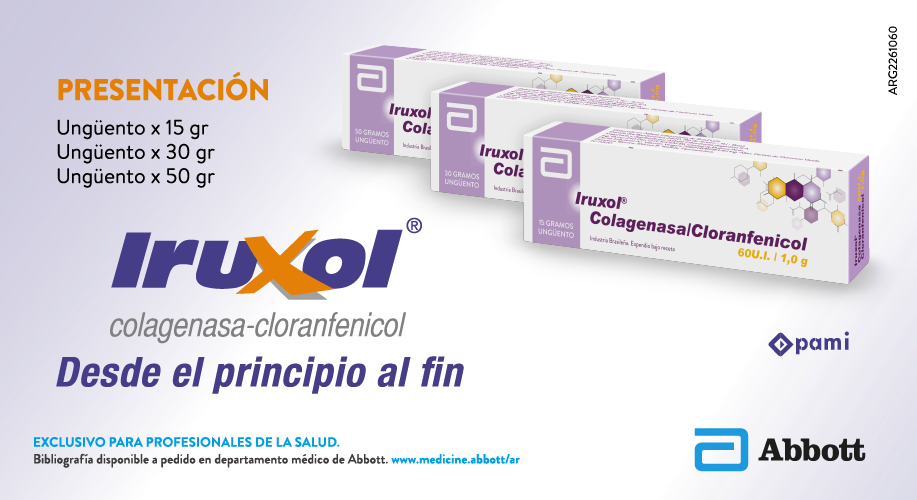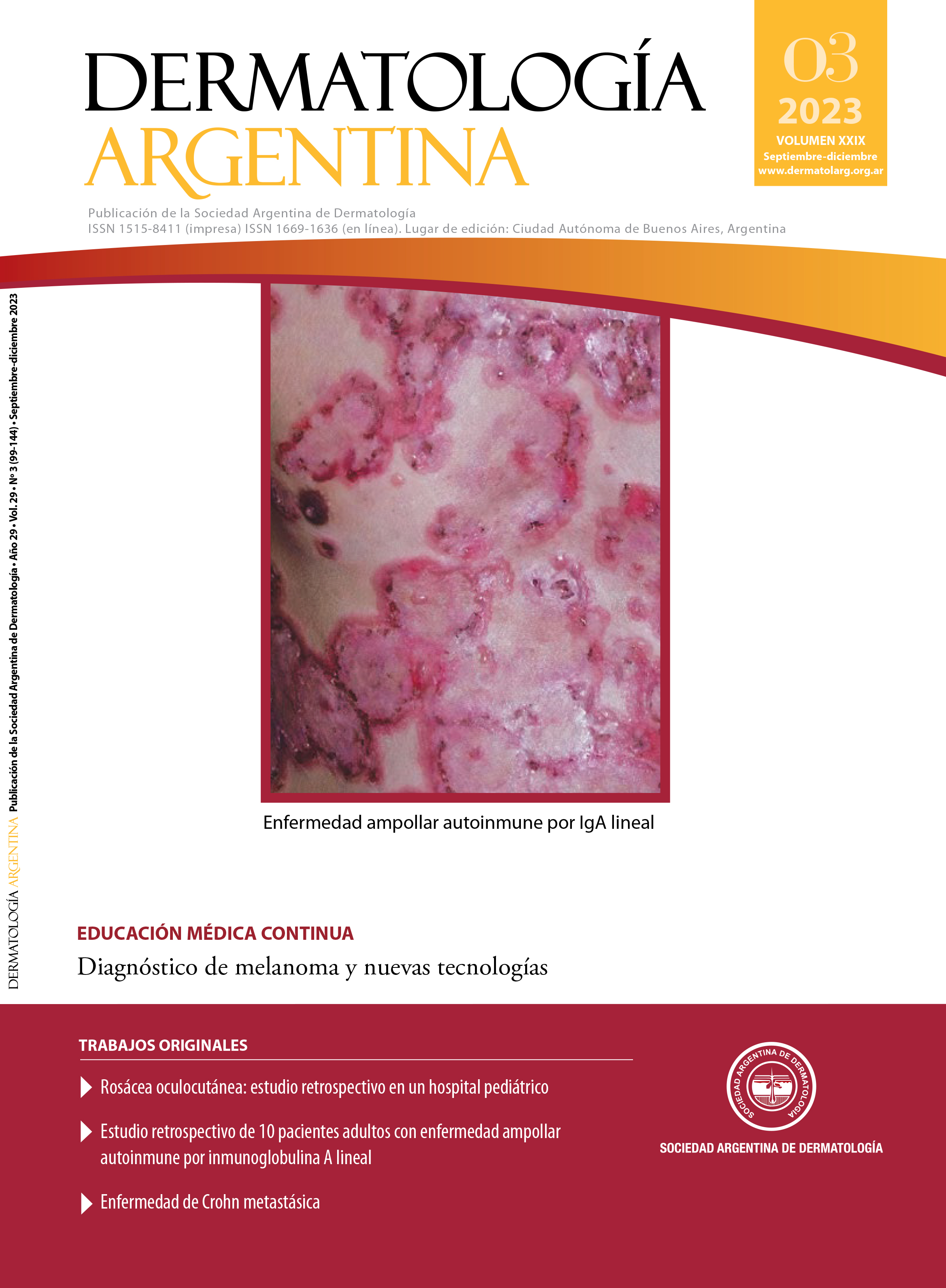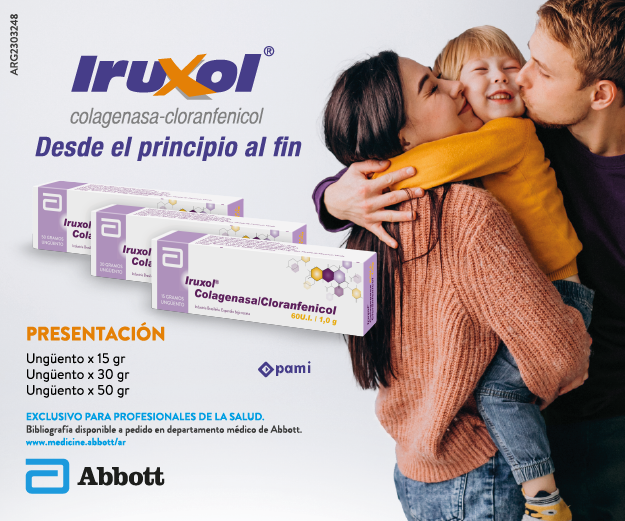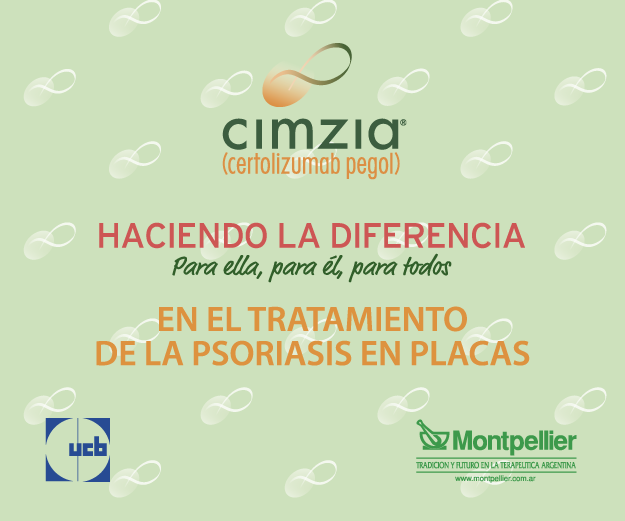Controversias en dermatitis alérgica por contacto
DOI:
https://doi.org/10.47196/da.v29i3.2418Palabras clave:
dermatitis alérgica por contacto, infancia, pruebas epicutáneas, parabenos, inmunosupresoresResumen
El abordaje de la dermatitis alérgica por contacto plantea controversias en ciertas poblaciones como en los niños y en pacientes en tratamiento con inmunosupresores o biológicos. El posible beneficio resultante de la realización de pruebas epicutáneas amerita que, sin minimizar el desafío, se evalúe cada caso a la luz de la evidencia actual. En base a nuestra experiencia clínica y la revisión de la literatura podemos, además, encontrar respuestas frente a la descalificación de preservantes como los parabenos o frente a la sobrevaloración de los productos “naturales”.
Citas
I. Scheinman PL, Vocanson M, Thyssen JP, Johansen JD, et ál. Contact dermatitis. Nat Rev Dis Primers. 2021;7:38.
II. Neale H, Garza-Mayers AC, Tam I, Yu J. Pediatric allergic contact dermatitis. Part I: Clinical features and common contact allergens in children. J Am Acad Dermatol. 2021;84:235-244.
III. Bruckner AL, Weston WL, Morelli JG. Does sensitization to contact allergens begin in infancy? Pediatrics. 2000;105:e3.
IV. Low KY, Wallace M. Prevalence of potential contact allergens in baby cosmetic products. Clin Exp Dermatol. 2019;44:411-413.
V. Simonsen AB, Johansen JD, Deleuran M, Mortz CG, et ál. Contact allergy in children with atopic dermatitis: a systematic review. Br J Dermatol 2017;177:395-405.
VI. Jacob SE, Lipp MB, Suh E, Goldenberg A. Practice patterns of dermatologists in the pediatric contact dermatitis registry. Pediatr Dermatol. 2017;34:408-412.
VII. Neale H, Garza-Mayers AC, Tam I, Yu J. Pediatric allergic contact dermatitis. Part 2: Patch testing series, procedure, and unique scenarios. J Am Acad Dermatol. 2021;84:247-255.
VIII. Bruusgaard-Mouritsen MA, Johansen JD, Zachariae C, Kirkeby CS, et ál. Natural ingredients in cosmetic products. A suggestion for a screening series for skin allergy. Contact Dermatitis. 2020;83:251-270.
IX. Gilissen L, Huygens S, Goossens A. Allergic contact dermatitis caused by topical herbal remedies: importance of patch testing with the patients' own products. Contact Dermatitis. 2018;78:177-184.
X. de Groot AC. Propolis: a review of properties, applications, chemical composition, contact allergy, and other adverse effects. Dermatitis. 2013;24:263-282.
XI. Kwong HL, Lim SPR. Prevalence of propolis allergy in Singapore. JAAD Int. 2020;1:39-41.
XII. Groot AC, Schmidt E. Tea tree oil: contact allergy and chemical composition. Contact Dermatitis. 2016;75:129-143.
XIII. Martínez-Campayo N, Goday-Buján JJ, Fonseca-Capdevila E. Dermatitis alérgica de contacto por aceite de árbol del té. Acta Derm Venereol. 2020;111:787-788.
XIV. Błędzka D, Gromadzińska J, Wąsowicz W. Parabens. From environmental studies to human health. Environ Int. 2014;67:27-42.
XV. Fransway AF, Fransway PJ, Belsito DV, Warshaw EM, et ál. Parabens. Dermatitis. 2019;30:3-31.
XVI. Nowak K, Ratajczak-Wrona W, Górska M, Jabłońska E. Parabens and their effects on the endocrine system. Mol Cell Endocrinol. 2018;474:238-251.
XVII. Deza G, Giménez-Arnau AM. Allergic contact dermatitis in preservatives: current standing and future options. Curr Opin Allergy Clin Immunol. 2017;17:263-268.
XVIII. Nowak K, Jabłońska E, Ratajczak-Wrona W. Controversy around parabens: alternative strategies for preservative use in cosmetics and personal care products. Environ Res. 2021;198:10488.
XIX. Matwiejczuk N, Galicka A, Brzóska MM. Review of the safety of application of cosmetic products containing parabens. J Appl Toxicol. 2020; 40:176-210.
XX. Lazzarini R, Kawakami NT, Suzuki N, Hafner MFDS. Patch tests in patients using immunosuppressants and/or cytokine inhibitors: descriptive analysis of 16 cases. An Bras Dermatol. 2023;98:99-101.
XXI. Fowler JF Jr, Maibach HI, Zirwas M, Taylor JS, et ál. Effects of immunomodulatory agents on patch testing: expert opinion 2012. Dermatitis. 2012;23:301-303.
XXII. Kim N, Notik S, Gottlieb AB, Scheinman PL. Patch test results in psoriasis patients on biologics. Dermatitis. 2014;25:182-190.
XXIII. Todberg T, Zachariae C, Krustrup D, Skov L. The effect of anti-IL-17 treatment on the reaction to a nickel patch test in patients with allergic contact dermatitis. Int J Dermatol. 2019;58:e58-e61.
XXIV. Martínez-Mera C, González MA, Hospital M, Turrión-Merino L. Isothiazolinones in paint as a cause of airborne contact dermatitis in a patient with psoriasis receiving anti-interleukin-17 therapy. Contact Dermatitis. 2019;80:328-329.
XXV. Shah P, Milam EC, Lo Sicco KI, Cohen DE. Dupilumab for allergic contact dermatitis and implications for patch testing: irreconcilable differences. J Am Acad Dermatol. 2020;83: e215- e216.
XXVI. Jo CE, Mufti A, Sachdeva M, Pratt M, Yeung J. Effect of dupilumab on allergic contact dermatitis and patch testing. J Am Acad Dermatol. 2021;84:1772-1776.
XXVII. Mainville L, Veillette H, Houle MC. Sequential patch testing in a patient treated with dupilumab then with upadacitinib. Differences in patch test results as well as in disease control. Contact Dermatitis. 2023;88: 402‐404.
XXVIII. Johansson SG, Haahtela T, O'Byrne PM. Omalizumab and the immune system: an overview of preclinical and clinical data. Ann Allergy Asthma Immunol. 2002;89:132-138.
XXIX. Mufti A, Lu JD, Sachdeva M, Zaaroura H, et ál. Patch testing during immunosuppressive therapy: a systematic review. Dermatitis. 2021;32:365-374.
Descargas
Publicado
Número
Sección
Licencia
Derechos de autor 2023 a nombre de los autores. Derechos de reproducción: Sociedad Argentina de Dermatología

Esta obra está bajo una licencia internacional Creative Commons Atribución-NoComercial-SinDerivadas 4.0.
El/los autor/es tranfieren todos los derechos de autor del manuscrito arriba mencionado a Dermatología Argentina en el caso de que el trabajo sea publicado. El/los autor/es declaran que el artículo es original, que no infringe ningún derecho de propiedad intelectual u otros derechos de terceros, que no se encuentra bajo consideración de otra revista y que no ha sido previamente publicado.
Le solicitamos haga click aquí para imprimir, firmar y enviar por correo postal la transferencia de los derechos de autor

















